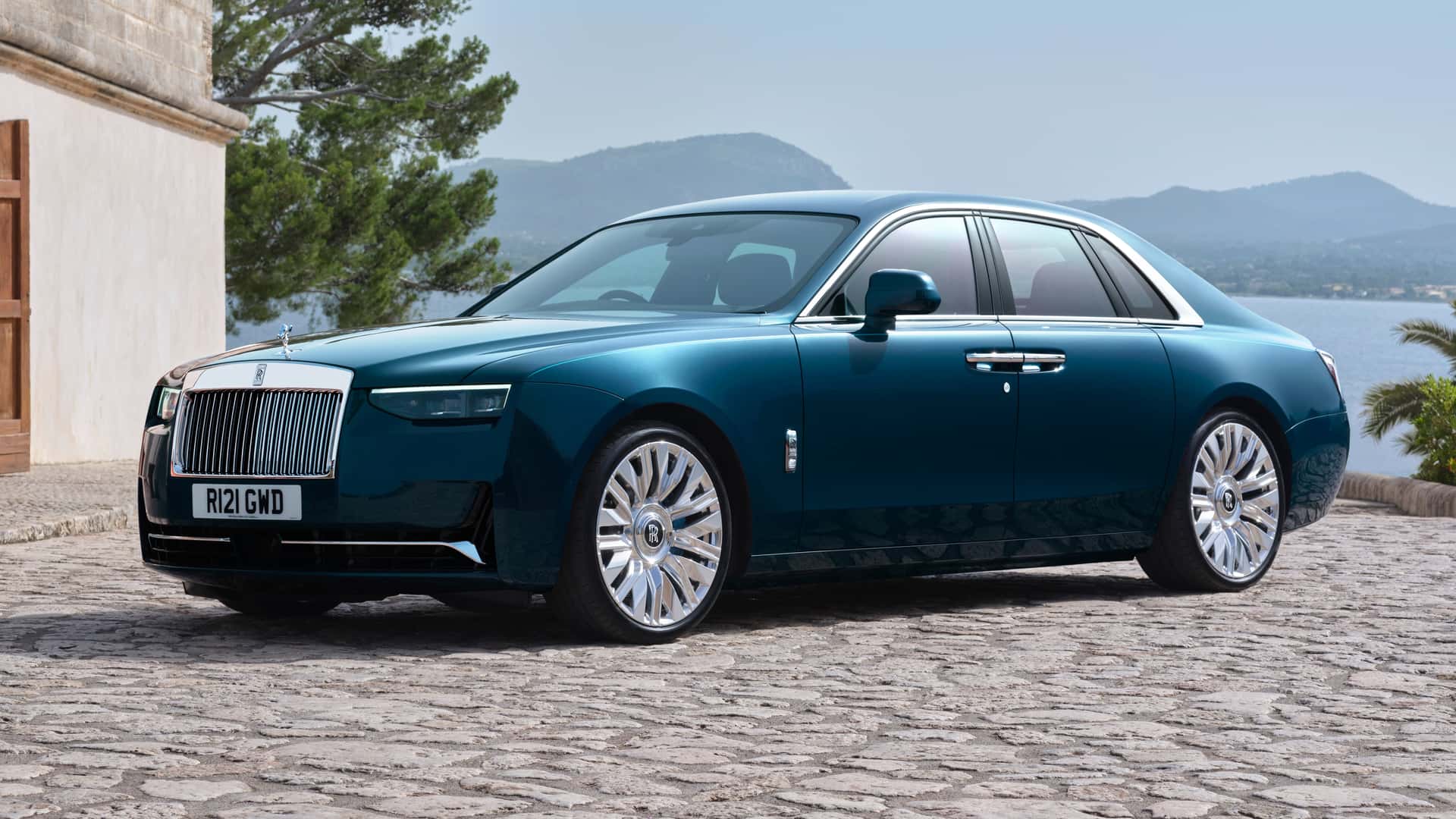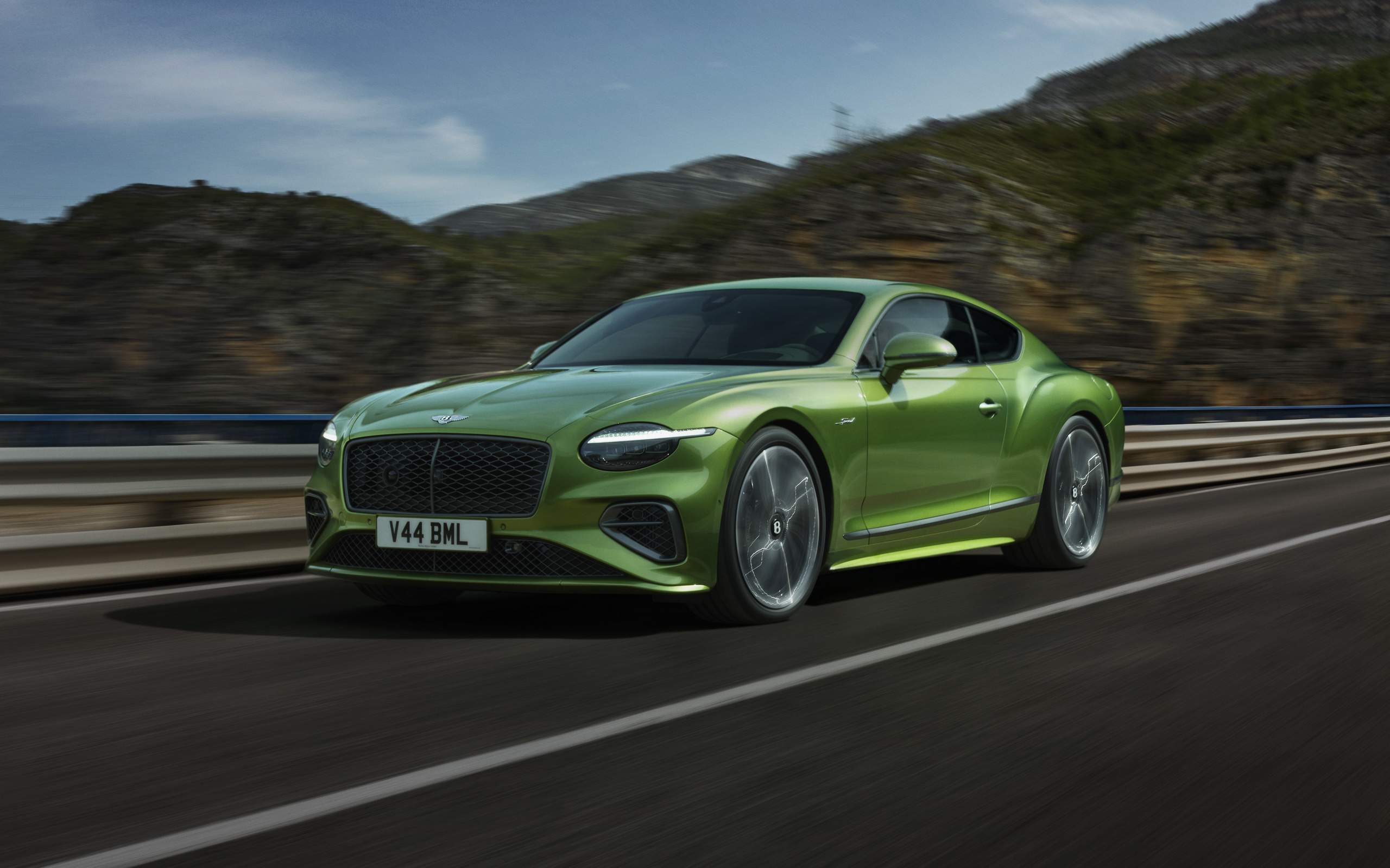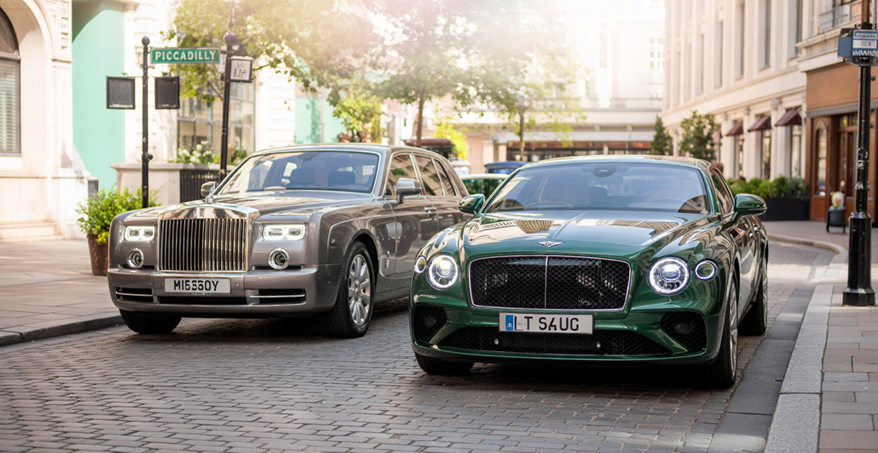Rolls-Royce vs. Bentley: The Ultimate Showdown — Compare craftsmanship, history, and buyer demographics to find out which luxury icon truly reigns supreme.
In the world of ultra-luxury automobiles, two names command reverence like no others: Rolls-Royce and Bentley. These British-born legends have defined excellence in motoring for over a century, representing far more than just vehicles — they are statements of taste, power, and prestige.
But while both marques are built on foundations of hand-crafted opulence and engineering brilliance, they speak to different types of buyers, uphold distinct values, and express luxury in unique ways. This isn’t just a battle of badges — it’s a masterclass in legacy, precision, and identity.
Let’s dive into a head-to-head comparison across craftsmanship, heritage, design philosophy, and who’s really buying these rolling works of art in today’s market.
The Heritage: Aristocracy vs. Racing Royalty

Rolls-Royce
Rolls-Royce was founded in 1906 by Charles Rolls and Henry Royce. From the beginning, the goal was simple: build the “best car in the world.” The marque quickly became the choice of monarchs, prime ministers, and elite industrialists — think stately grace, a whisper-quiet ride, and the iconic Spirit of Ecstasy leading the way.

Bentley
Meanwhile, Bentley (established in 1919 by W.O. Bentley) earned its stripes in a different arena — motorsports. Known for its “W.O. Bentleys” and dominant performance at Le Mans in the 1920s, Bentley carved its name in history through speed and stamina, wrapped in gentlemanly flair.
-
Rolls-Royce Legacy: Focused on elegance, serenity, and royalty-level refinement
-
Bentley Legacy: A marriage of luxury and performance, with deep motorsport roots
Craftsmanship & Engineering: Opulence by Hand
Both brands boast obsessive attention to detail, but the way they approach craftsmanship reveals their soul.
Rolls-Royce Craftsmanship
Every Rolls-Royce is hand-built in Goodwood, England, with near-limitless bespoke options. From starlight headliners to custom embroidery and monogrammed umbrellas, Rolls-Royce isn’t about choice — it’s about creating a one-of-one masterpiece.
Even models like the Rolls-Royce Ghost ($354,750–$460,000) and Phantom ($493,000–$575,000) deliver an experience closer to a luxury yacht or private jet than a car.
Bentley Craftsmanship
Bentley, now part of the Volkswagen Group, builds its cars in Crewe, England, blending traditional craftsmanship with cutting-edge tech. Think hand-stitched diamond quilting, real wood veneers, and innovative infotainment like the rotating display on the Bentley Continental GT ($245,000–$310,000) or Flying Spur ($215,000–$310,000).
While every Bentley feels luxurious, it also feels alive — engineered for those who want to drive, not just be driven.
Driving Experience: Float vs. Firepower
Rolls-Royce prioritizes a “magic carpet ride” feel — a sense of isolation from the road, cocooned in silence. Power is abundant but never aggressive; it whispers, it glides, it wafts.
-
Powertrains: V12 engines with effortless torque
-
Ride quality: Ultra-soft, electronically adaptive air suspension
-
Ideal use: Chauffeur-driven or serene grand touring
Bentley, in contrast, emphasizes driver engagement. Behind the wheel of a Bentayga Speed ($270,000–$300,000) or Continental GT Speed, you feel the surge of twin-turbo W12 or V8 engines and the immediate response of an agile chassis. It’s luxury, yes — but also raw capability.
-
Powertrains: Twin-turbo V8s and W12s; hybrid options emerging
-
Ride quality: Sportier, with available active anti-roll and dynamic handling systems
-
Ideal use: Grand touring, daily driving, or performance-focused luxury
Buyer Demographics: Old Money vs. Global Power Players
The typical Rolls-Royce buyer tends to skew:
-
Older (40s–60s+)
-
Ultra-high-net-worth individuals
-
Often prefer chauffeur-driven cars
-
Located in markets like the U.S., Middle East, China, and Europe
These buyers are established elites — billionaires, royalty, CEOs, or heads of state — who prioritize status, heritage, and bespoke exclusivity.
Bentley buyers, on the other hand:
-
Slightly younger (35–55)
-
More entrepreneurial
-
Value performance and prestige
-
Includes growing interest from female buyers and rising global wealth markets
Bentley appeals to modern luxury seekers — high-earning professionals, younger moguls, and self-made individuals who want a car that drives as well as it looks.
EV Futures: Sustainability Meets Ultra-Luxury
As the industry shifts, both brands are preparing to electrify their portfolios.
-
Rolls-Royce Spectre ($420,000–$500,000): The brand’s first all-electric coupe, blending silent electric propulsion with Rolls-level opulence.
-
Bentley EV Lineup (Coming by 2026): The brand aims for a fully electric lineup by 2030, with the first EV to arrive by 2026 — expected to retain Bentley’s sport-luxury DNA, not just be an electric badge.
Electrification won’t dilute their essence — it will redefine how luxury feels in silence and torque-rich performance.
Verdict: Two Legends, Two Languages of Luxury
Rolls-Royce is the embodiment of timeless elegance — a brand that speaks softly but carries immense presence. It’s for those who want to own the pinnacle of automotive status.
Bentley offers a more visceral experience — a bridge between heritage and horsepower, for those who want to feel connected to their machine while enjoying the very best in British craftsmanship.
Each brand is iconic in its own right. The question is:
Do you want to be chauffeured in a Rolls-Royce, or take the wheel of a Bentley?


